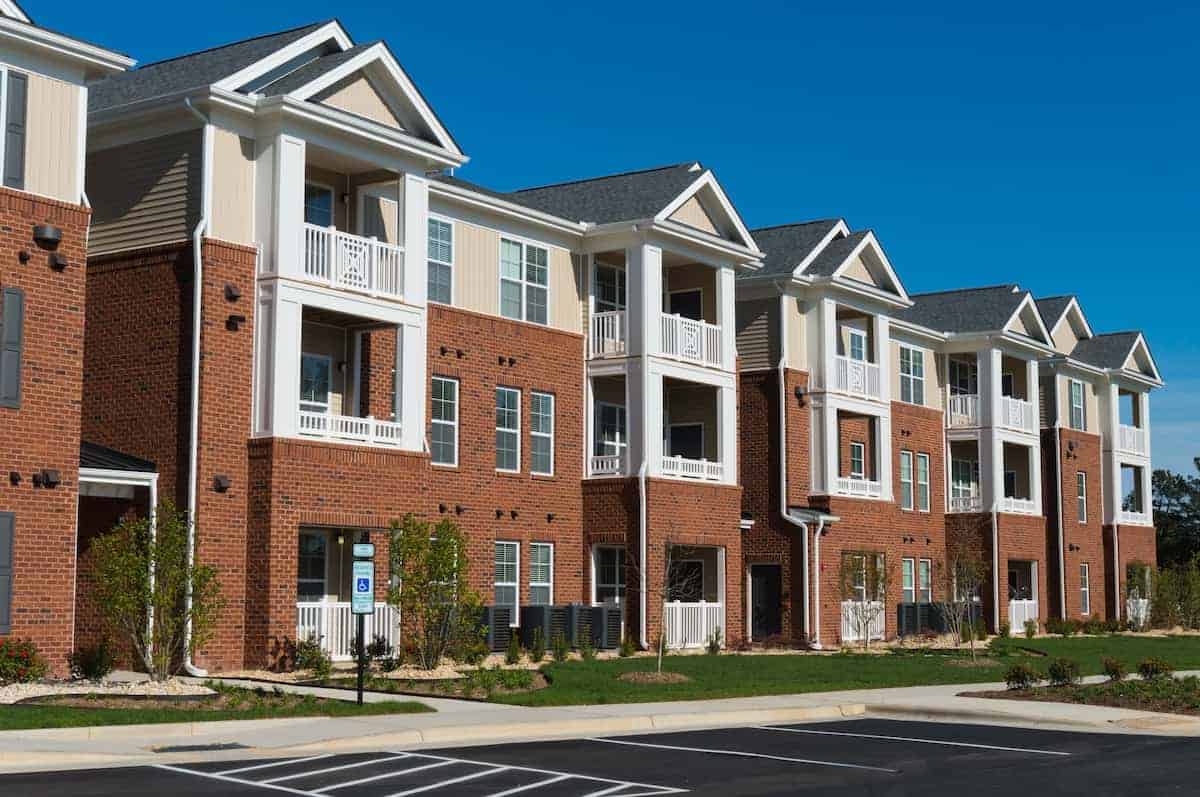Apartments and houses are both forms of residential dwellings, however they differ in several key methods, including their bodily characteristics, ownership construction, maintenance duties, and way of life issues. Here are some of the primary variations between apartments and houses:
1. Physical Characteristics:
Apartments:
Typically located inside multi-unit buildings or apartment complexes.
Individual units are sometimes compact and share walls with neighboring units.
May have shared hallways, stairwells, or elevators.
Houses:
Stand-alone buildings with their own walls and infrequently a yard or outdoor area.
Generally supply more space both indoors and outside compared to flats.
Provide greater privateness because of the absence of shared walls and common areas.
2. Ownership:
Apartments:
Typically rented or leased from a landlord or property management firm.
Residents are tenants who do not personal the condo unit itself.
Houses:
Can be owned by people or families.
Owners have full management over the property and can make modifications or renovations as desired.
3. Maintenance Responsibilities:
Apartments:
Landlords or property managers are typically answerable for maintenance, repairs, and property repairs.
Tenants report points to the landlord, who arranges for repairs.
Houses:
Owners are answerable for all maintenance and repairs, including landscaping, plumbing, electrical, and structural upkeep.

Costs related to maintenance and repairs are borne by the house owner.
4. Lifestyle Considerations:
Apartments:
Often suited to people or smaller households.
Offer convenience and may embrace facilities like health centers or swimming swimming pools.
May be positioned in Article source or densely populated areas.
Generally require less time and effort for property maintenance.
Houses:
Suitable for bigger households or those desiring extra space.
Allow for larger customization and personalization of the property.
Often situated in suburban or rural areas with extra space and greenery.
Require extra time and effort for maintenance and yard care.
5. Financial Considerations:
Apartments:
Typically involve monthly rent funds, which may embody utilities or amenities.
Lower upfront costs in comparison with buying a home.
Houses:
Involve mortgage funds for homeowners who have purchased the property.
Upfront prices embody a down cost, closing costs, and ongoing property taxes and insurance coverage.
6. Community and Neighbors:
Apartments:
Living in close proximity to neighbors in the identical constructing or complicated can lead to more frequent interactions.
Apartment communities may supply social occasions or shared common spaces.
Houses:
Generally provide extra distance and separation from neighbors, providing larger privacy.
Interactions with neighbors may be much less frequent as a end result of bigger property boundaries.
Ultimately, the selection between dwelling in an apartment or a house depends on individual preferences, life-style, financial considerations, and housing needs. Apartments are sometimes favored for his or her convenience and lower maintenance duties, while homes present more room and autonomy but require larger maintenance and financial commitment..
